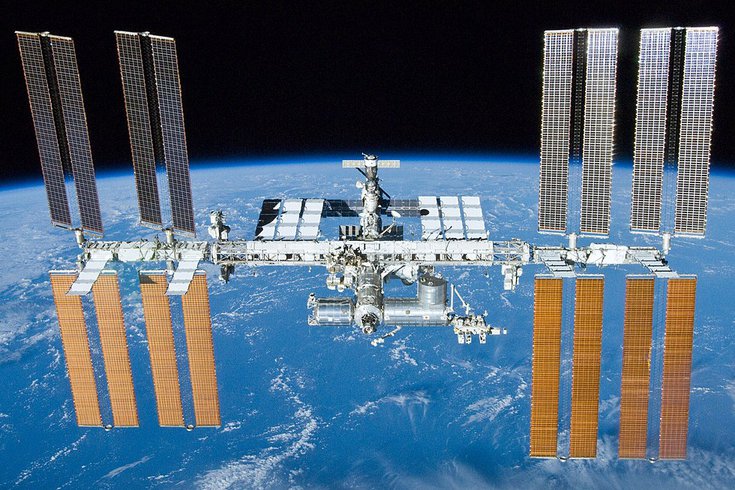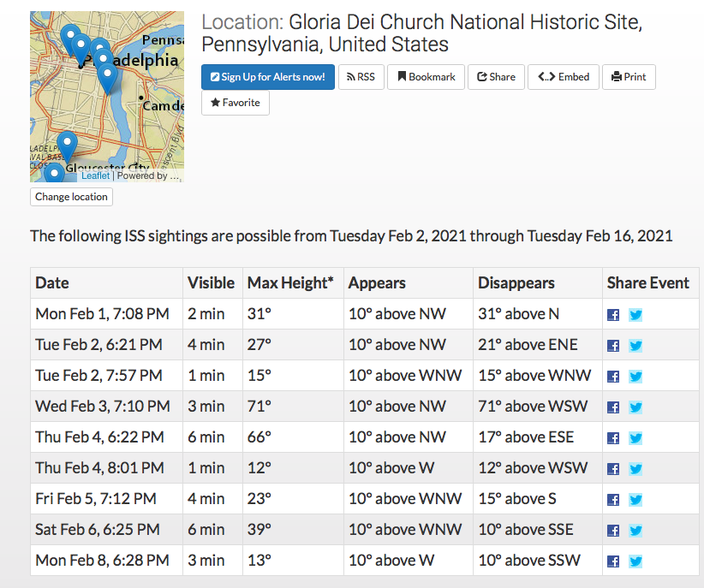
February 03, 2021
 NASA/Public Domain
NASA/Public Domain
The International Space Station is pictured above on from May 23, 2010, as seen from the former NASA Space Shuttle mission STS-132. Pennsylvania residents could have a several chances to spot the ISS in the night early evening sky.
Pennsylvania residents will have an opportunity to see the International Space Station as it glides above the state this week, but those who wish to catch it will have to combine timing and location with a little luck from the weather.
The ISS circles the Earth in low orbit approximately every 93 minutes, but certain times of the year offer better opportunities to see it depending on the location.
Each week, Mission Control at NASA's Johnson Space Center in Houston determines sighting opportunities for over 6,700 locations worldwide. They provide precise viewing information online at their Spot the Station site.
Pennsylvania residents will have a number of chances in the coming days, with certain dates and conditions best-suited for some locations over others. The overcast weather brought on by this week's nor'easter doesn't help matters, but clear skies are expected in Philadelphia on Thursday, for example, and will offer a good window to seek out the ISS in the sky.
The chart below includes suggests opportunities to see the space station from Gloria Dei Church National Historic Site in Queen Village, one of several recommended spots in the city included on the Spot the Station site.
ISS wiewing information is listed above for Gloria Dei Church National Historic Site in Philadelphia. You can find times and viewing parameters for other locations by visiting spotthestation.nasa.gov.
In the chart above, Max Height refers to the height of the space station from the horizon in the night sky.
"The horizon is at zero degrees, and directly overhead is ninety degrees," NASA says. "If you hold your fist at arm's length and place your fist resting on the horizon, the top will be about 10 degrees."
To reach the Max Height, you can stack your fists to add by 10 and reach a general height for the peak point of the ISS's path, as explained in the video below.
The ISS has been in orbit for just over 22 years and has been continuously occupied for the last 20 years and three months. The station is collaboration between the five participating space agencies of the United States, Russia, Japan, Europe and Canada.
To find ideal viewing times, head over to the Spot the Station site and customize your location.
 ISS/Spot the Station
ISS/Spot the Station